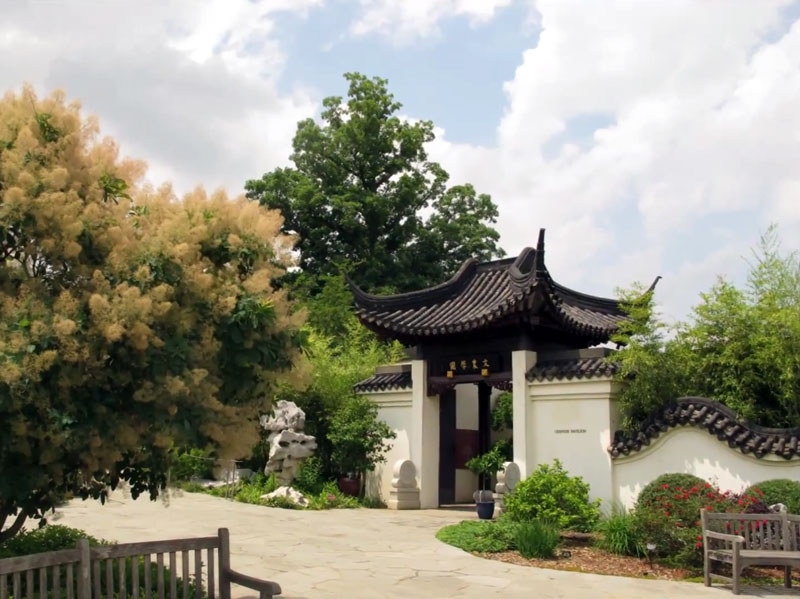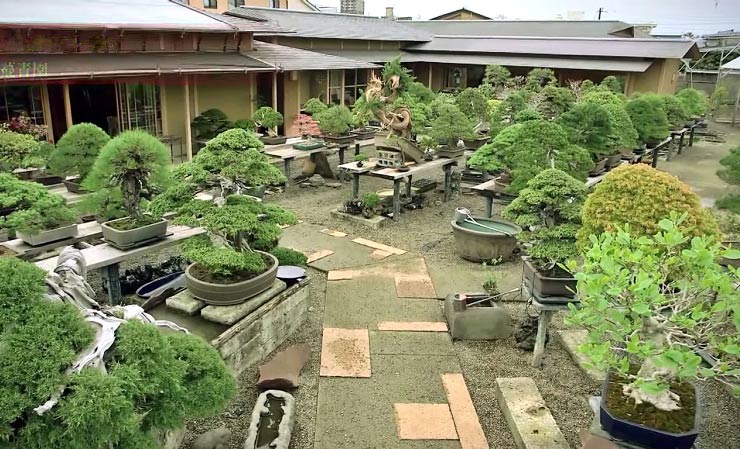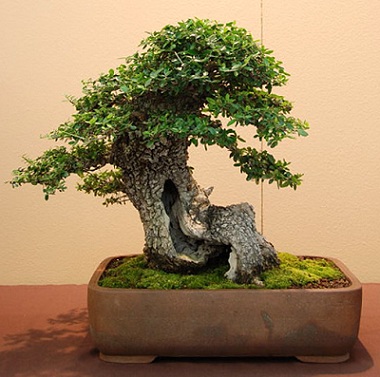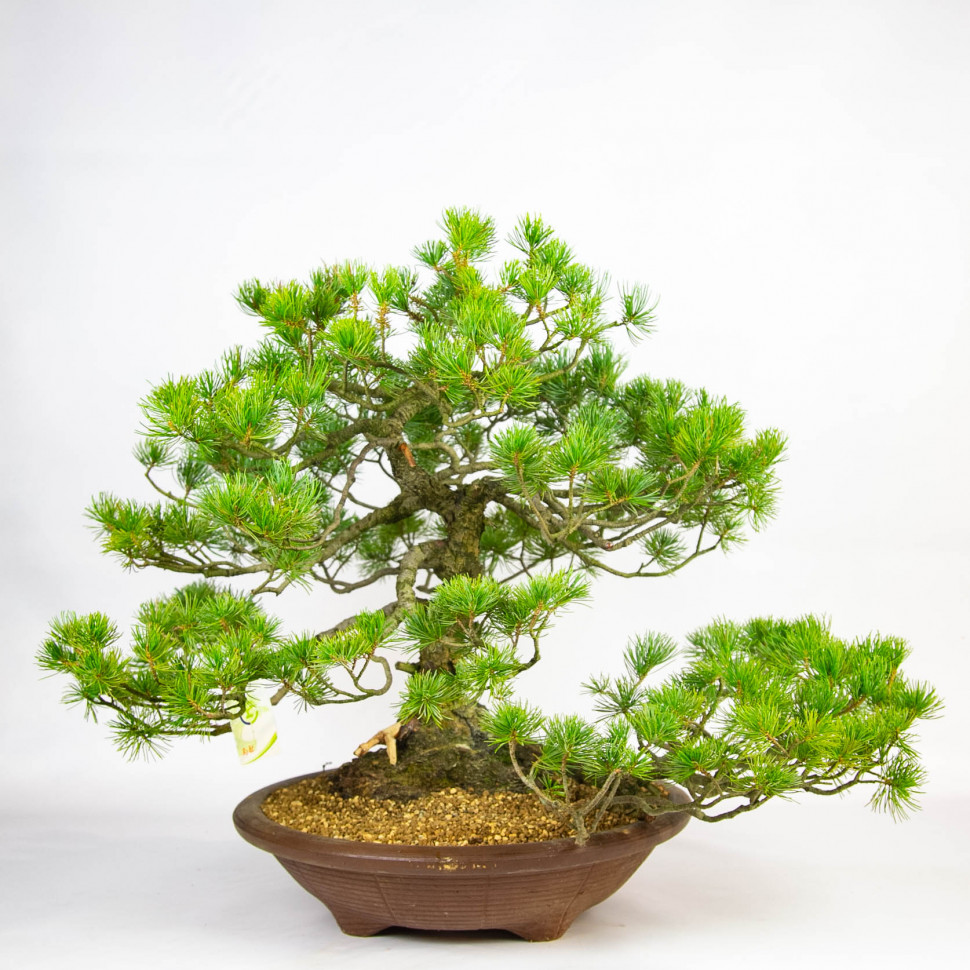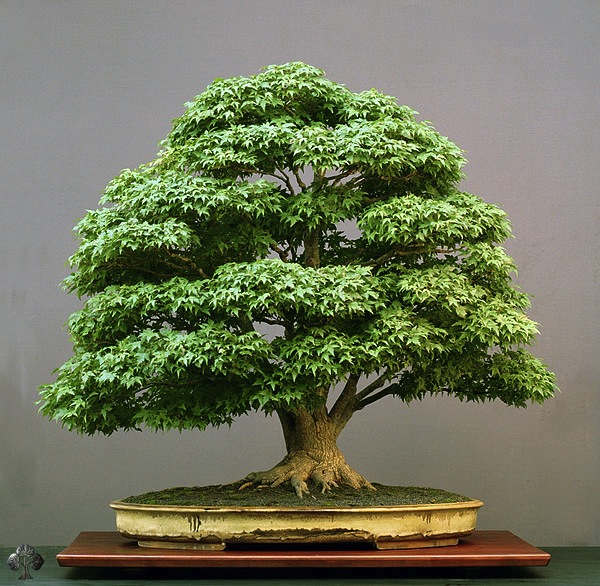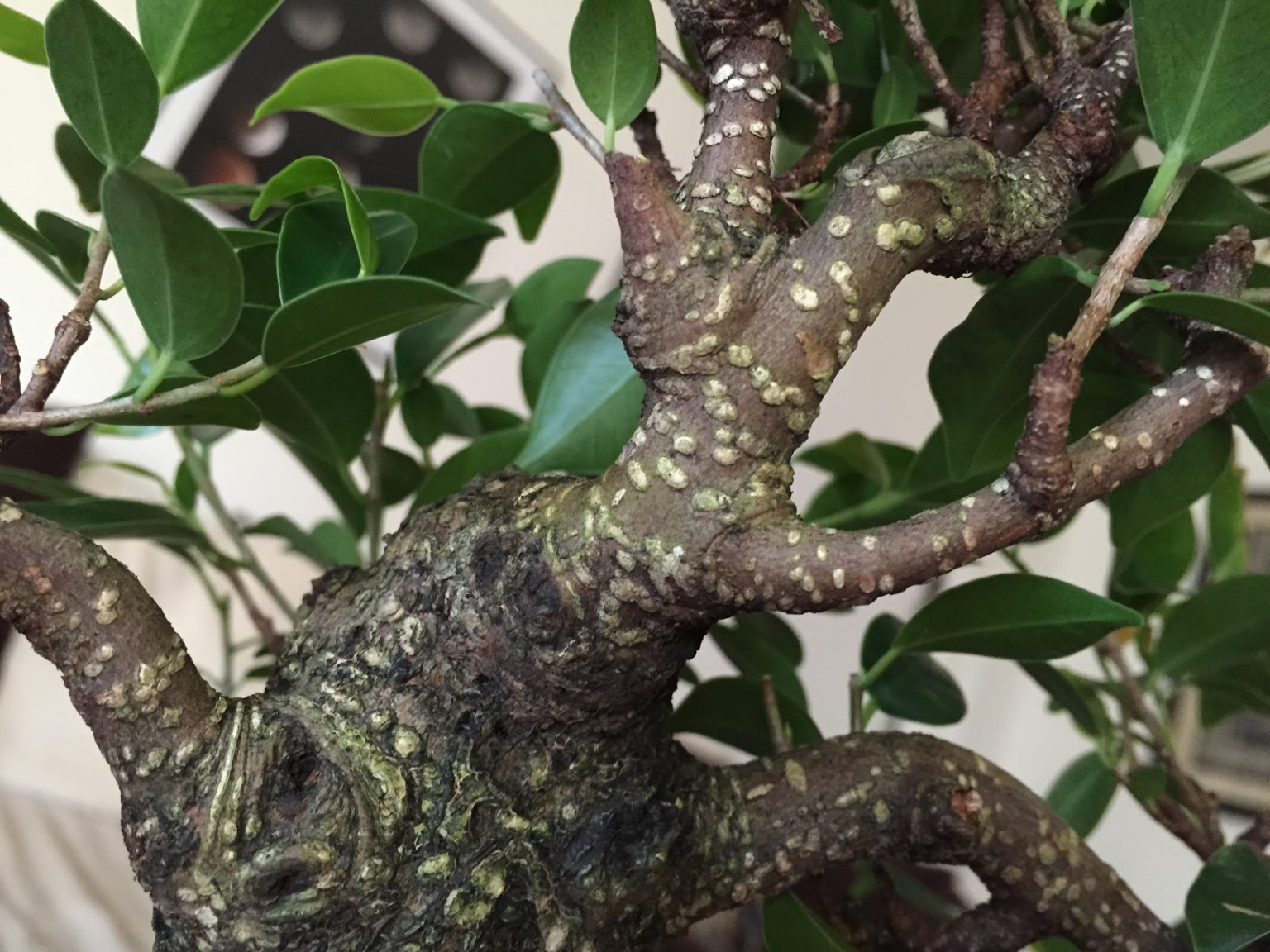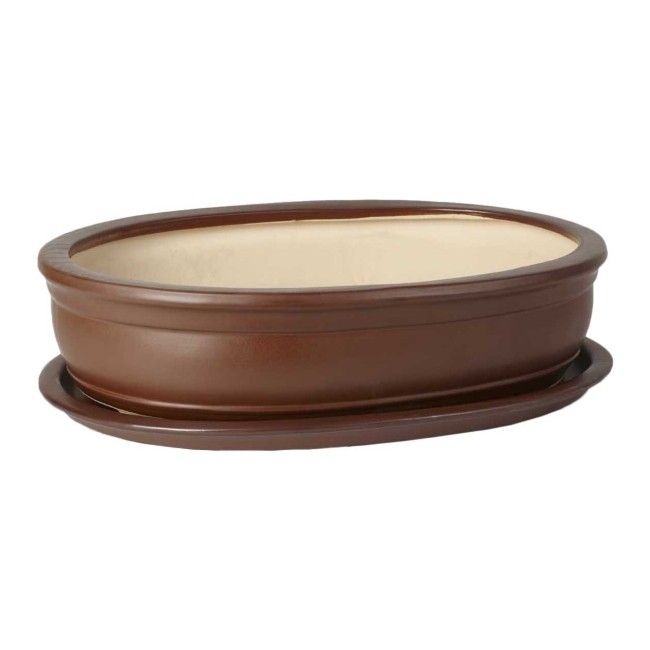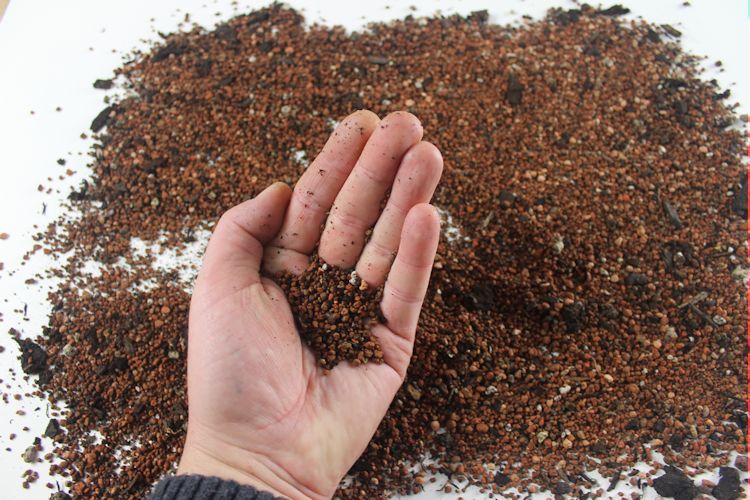Spruce is quite difficult to grow in the bonsai style, as it is necessary to constantly do a lot of small work on care and formation. Giving shape to the trunk of a spruce is quite easy due to its flexibility.
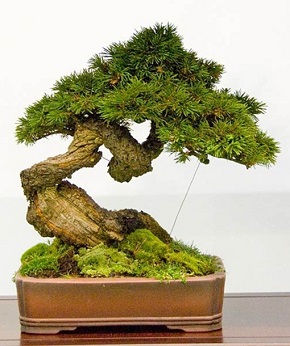
Some species of Norway Spruce (Picea abies) – “Nidiformis”, “Pumila glass” and Blue Spruce (Picea glauca) – “Conica” are used as bonsai.
Soil:
Spruce tolerates soil that is poor in nutrients. Use a ratio of clay soil to peat.
Lighting:
A light-loving plant. Grown outdoors all year round.
Temperature:
Grow at outdoor temperatures, but should be protected from extreme cold in winter.
Watering:
In spring and summer, water the spruce regularly; in winter, do not let the soil dry out.
Top dressing:
Feed the spruce throughout the entire period of active growth, from early spring to autumn.
Formation:
Unlike other conifers, spruce is pinched when young shoots grow a little. Cut old branches in January and February, during this period the resin secretion is minimal. When applying wire, make sure that it does not grow into the bark.
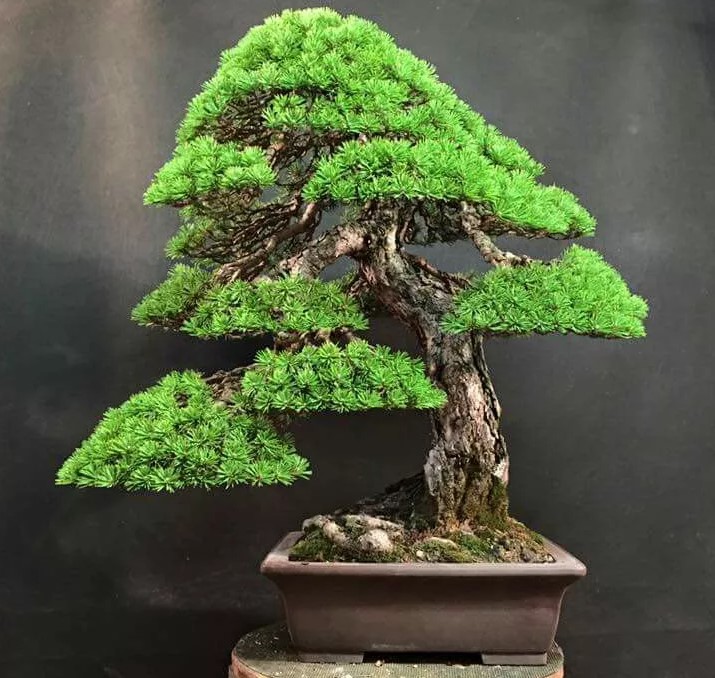
Purchasing a plant:
You can take a young plant from the wild, but rooting occurs very rarely, so buy spruce in nurseries or specialized stores.
Pests and diseases:
Spruce is susceptible to all diseases of coniferous plants. In case of yellowing of needles, it is possible that spruce-fir hermes is affected. Pests are usually located on the underside of needles and resemble cotton wool, to destroy it, treat spruce with a solution of antio or rogor.
Colloidal sulfur or Bordeaux mixture is used to treat branches from rust (yellowing of needles, orange spots, swellings on branches). If the disease does not go away, it is advisable to cut off the affected branches, or, as a last resort, uproot the plant to stop the spread of the disease.

